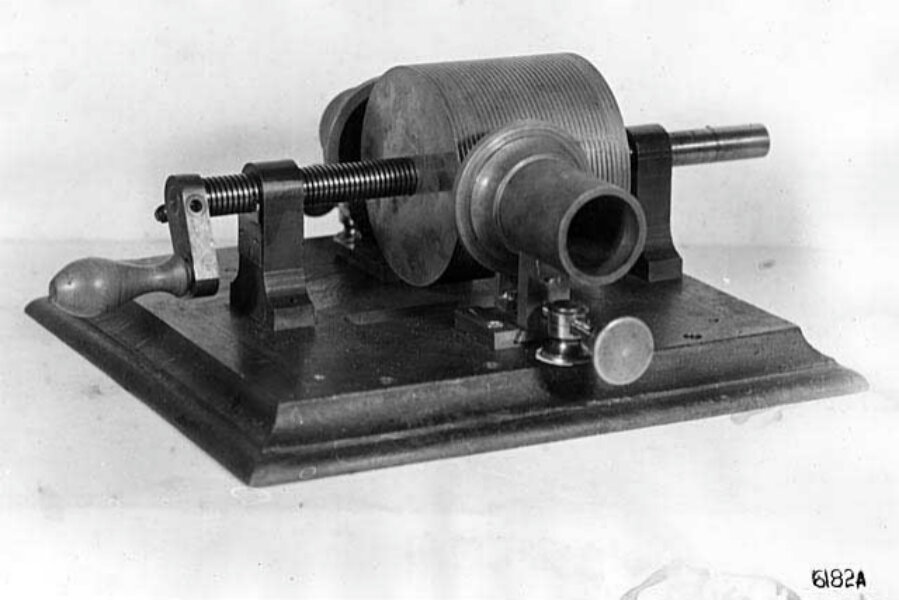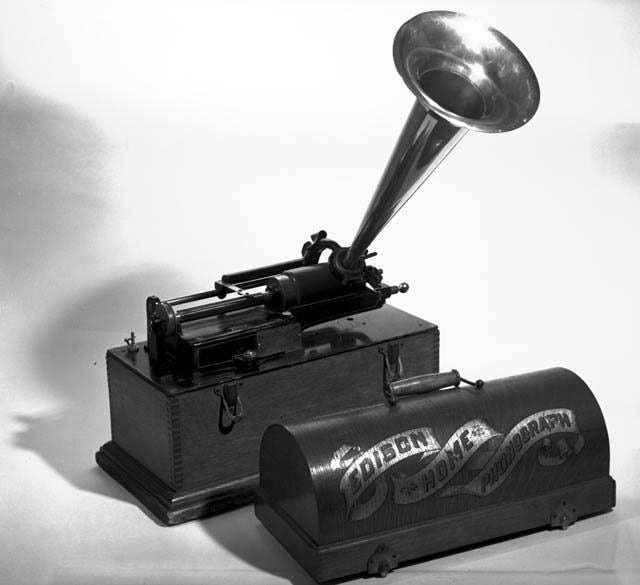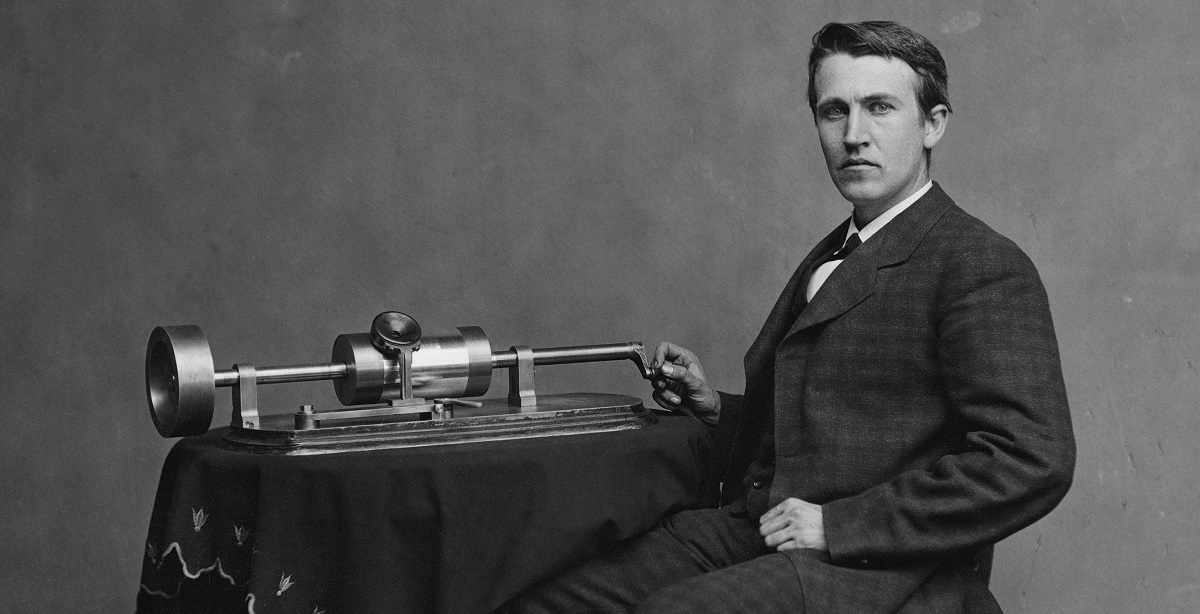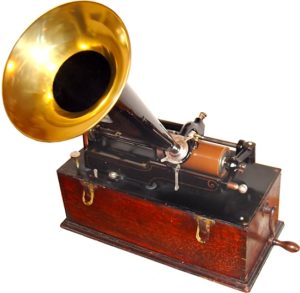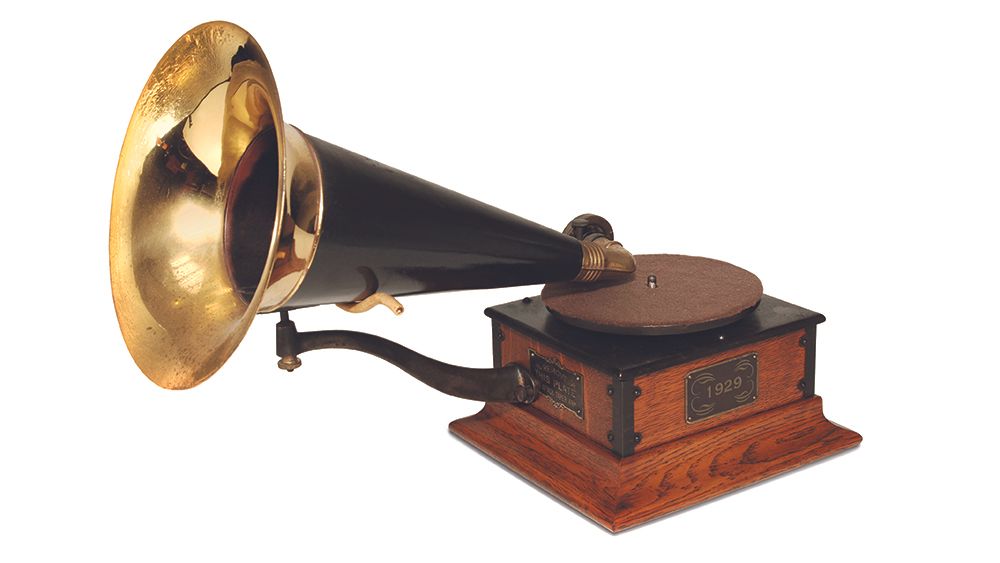Edison S Early Cylinder Recordings Were Made Of Durable Vinyl

Edison s early cylinder recordings were made out of durable vinyl.
Edison s early cylinder recordings were made of durable vinyl. A war among vinyl recording disk formats in the late 1940s and early. On july 18 1877 thomas edison and his team invented the phonograph his first successful recording and reproduction of intelligible sounds achieved early in the following december used a thin sheet of tin foil wrapped around a hand cranked grooved metal cylinder. Thomas edison made his first sound recordings on a cylinder wrapped in tinfoil. Edison records was one of the early record labels that pioneered sound recording and reproduction and was an important player in the early recording industry.
Thomas edison initially expected his new phonograph to be used as a kind of telephone answering machine. The record label was created in 1888 in west orange nj united states by thomas alva edison edison records began with the first commercially viable phonographs which played wax cylinders which could hold several minutes of music or spoken word recordings originally 2 minutes then later 4. In 1906 the indestructible record company began mass marketing cylinder records made of celluloid an early hard plastic that would not break if dropped and could be played thousands of times without wearing out. The groove usually starts near the periphery and ends near the center of the disc.
Edison s early cylinder recordings were made out of durable vinyl. The first phonograph cylinders were manufactured in 1888 followed by edison s foundation of the edison phonograph company in the same year. The recorded wax cylinders later replaced by blue amberol cylinders and vertical cut diamond. False a war among vinyl recording disk formats in the late 1940s and early 1950s resulted in the 45 rpm record format being used exclusively for the release of album music collections.
At first the discs were commonly made from shellac with earlier records having a fine abrasive. In 1902 edison records launched a line of improved hard wax cylinders marketed as edison gold molded records. A war among vinyl recording disk formats in the late 1940s and early 1950s resulted in the 45 rpm record format. Tin foil was not a practical recording medium for either commercial or artistic purposes and the crude hand cranked phonograph.
Edison s early cylinder recordings were made out of durable vinyl.

